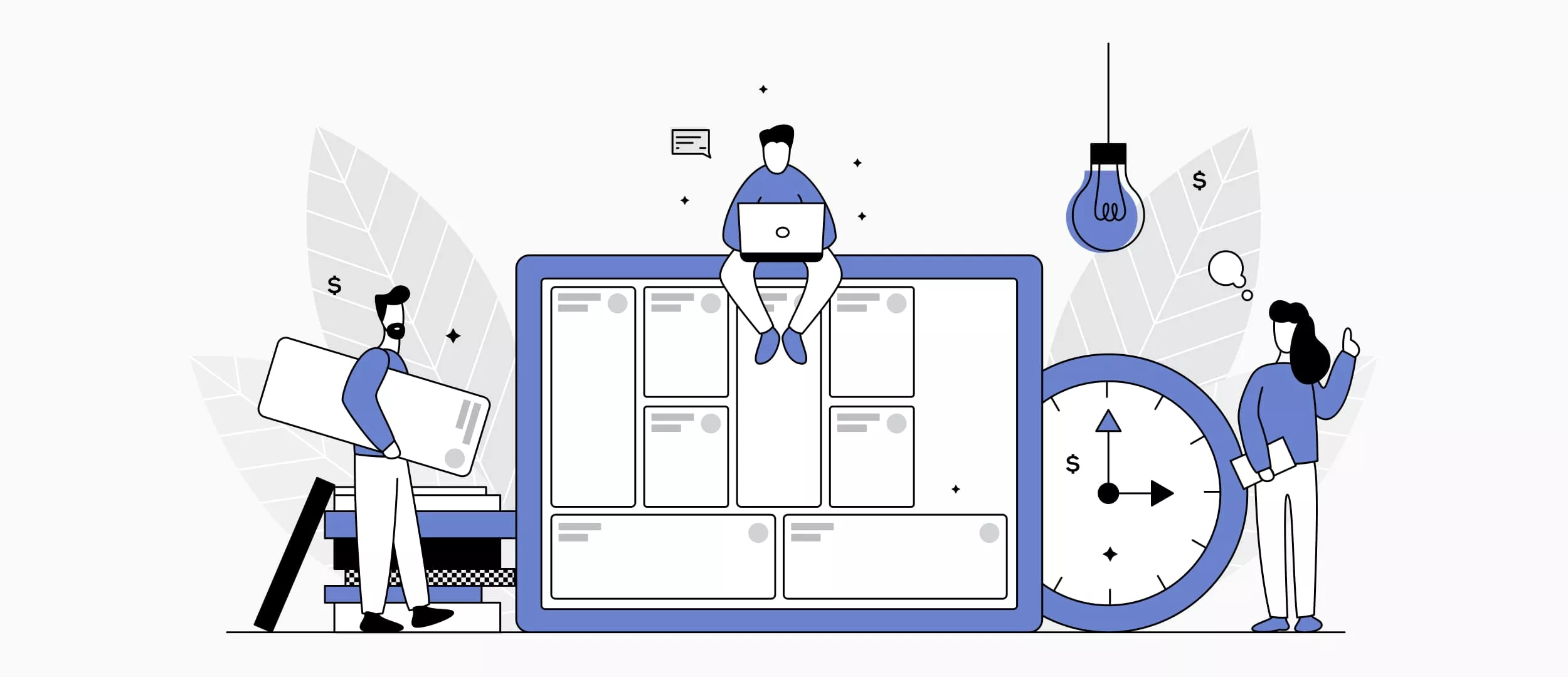
We continue our startup series and from this article you will learn about pivot and its types as well as how to recognize when it’s time to move on and make radical changes to your initial startup idea.
What Is Pivot
Pivot is a change of startup course aimed at testing new way of development. Pivot can test fundamental hypotheses about the product, business model and growth mechanism. For example, originally Flickr creators were working on a tool for MMO Game Neverending but eventually they closed it and concentrated on photo gallery service. Pivot is a part of lean startup methodology developed by Eric Ries.
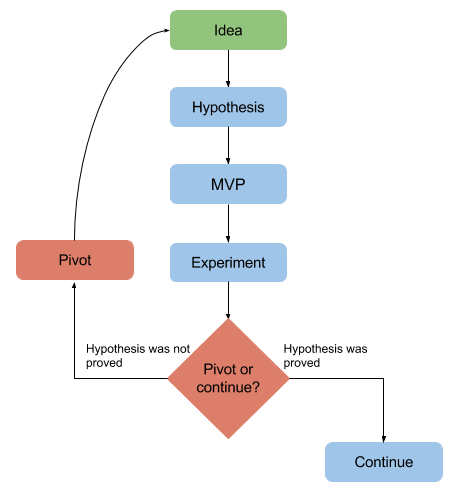
How To Understand When It’s Time To Pivot
1. Startup is not solving user problem. Target audience is not interested in your offer since it does bad job at addressing your audience’s pain points. You should turn to the audience that will find your solution valuable or focus on the pain point of the current audience (see customer segment and customer need pivot). Read our post on successful startups that solve user problems to learn more about creating useful solutions.
Best startup companies aren’t ashamed of the fact that they didn’t got it right the first time and need pivoting. For example, initially Instagram was called Burbn and offered a blend of functions: check-ins, planner and making photos with friends. But it turned out that check-ins feature was not attracting attention. Everybody was sharing photos instead. Startup creators used this information to launch Instagram, a company Facebook acquired in 2012 for $1 billion.

2. Startup fails to attract users. Maybe you refused to create minimal viable product to thoroughly test your startup hypothesis or your target audience turned out to be much smaller than expected. In this case you need to broaden your audience or go for an entirely different, larger group of potential customers (see customer segment and business architecture pivot).
3. Customer acquisition and retention aren’t happening at the necessary rate. Your Internet startup solves user problems but channel you use to attract customers doesn’t work effectively. Or customer acquisition cost (CAC) turns out to be too high. Then you’ve got to consider value capture, engine of growth or channel pivot.
4. Customers aren’t ready to pay your startup. You offer solution of a critical user pain point but they aren’t eager to part with their money. Maybe the price is too high or doesn’t correspond to their idea of your product value? You can bring down the price by reducing the number of features and offering only 1–2 important functions (see zoom-in pivot). To find users that are ready to pay you’ve got to broaden your product features or refocus it (see zoom-out and business architecture pivot).
Uber and Airbnb had a good reason to create separate offers for business — new startups usually offer B2C solutions and focusing on B2B gives you an advantage.
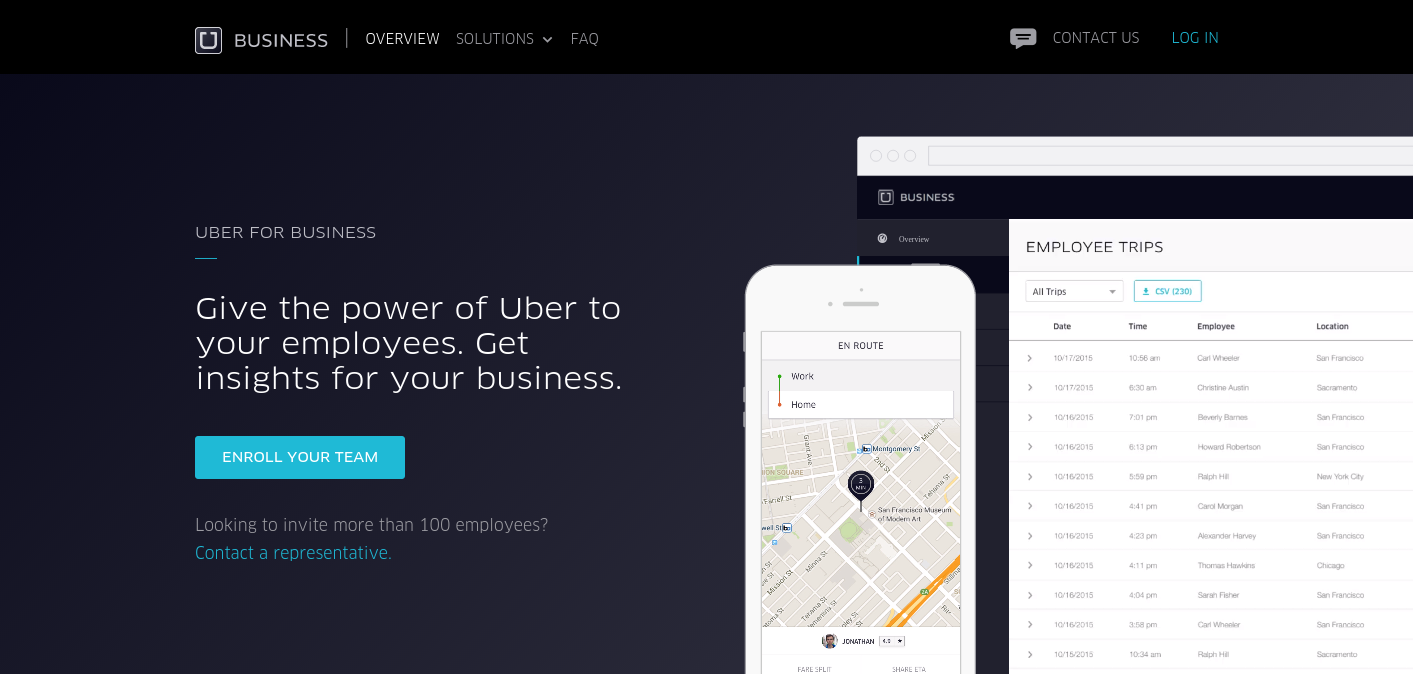
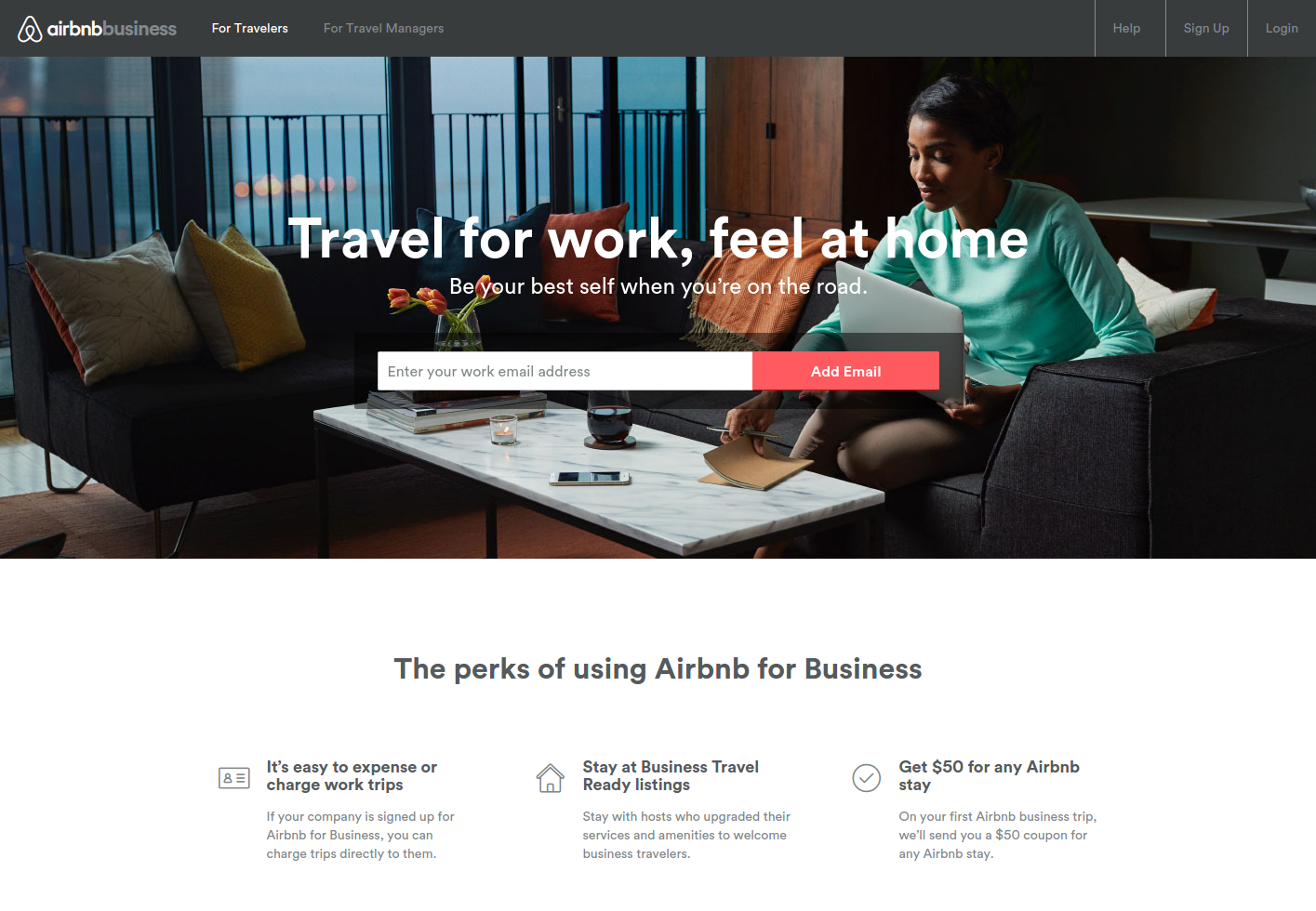
5. Product development or support costs too much. This is a problem hardware tech startups know everything about but it is something that can happen to you too if the technology behind your simple offer is too complex. What you need is a way to lower the price, for example focus on a mobile app only if you offer an on-demand solution (see platform pivot)? Or pivot your technology and turn to less expensive tools?
If your startup has encountered this difficulties and actual data doesn’t correspond well to core indicators (level of registration, activation, retention, recommendation and income), it’s time to pivot your startup and check new hypothesis. Startup pivot will help you to save money and find a way to long-lasting success since now you have fresh information about customer’s needs./p>
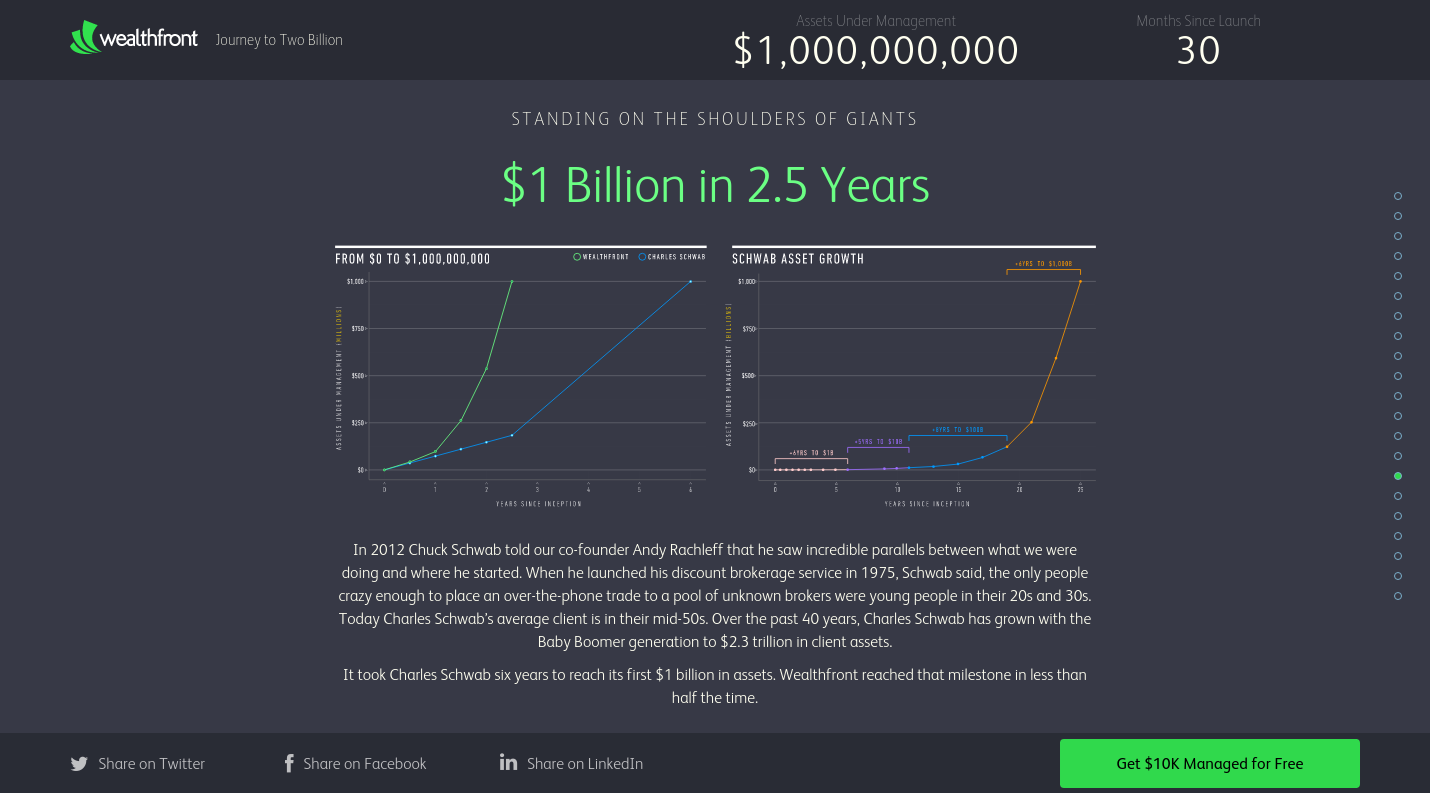
For example, Wealthfront startup grew out of kaChing game created for identifying successful amateur traders. After launch it turned out that the amount of potentially successful traders among the users is very low. But the idea attracted attention of professional traders. Startup pivot allowed founders to create a successful company that works on simplifying the process of making investments for individual clients.
Pivot Types
After identifying the reason behind the lack of popularity among the target audience you can make one of the following pivots:
Zoom-in pivot: one of the product functions becomes a whole new product. It is the kind of pivot Votizen made when it put off the idea of social network and focused on creating a simple service for lobbying interests of voters.
Zoom-out pivot: the initial product becomes a part of a new multi-functional product. Yelp startup idea was to create an email service with recommendations but after pivot it became a web portal with user reviews and ratings of local companies.
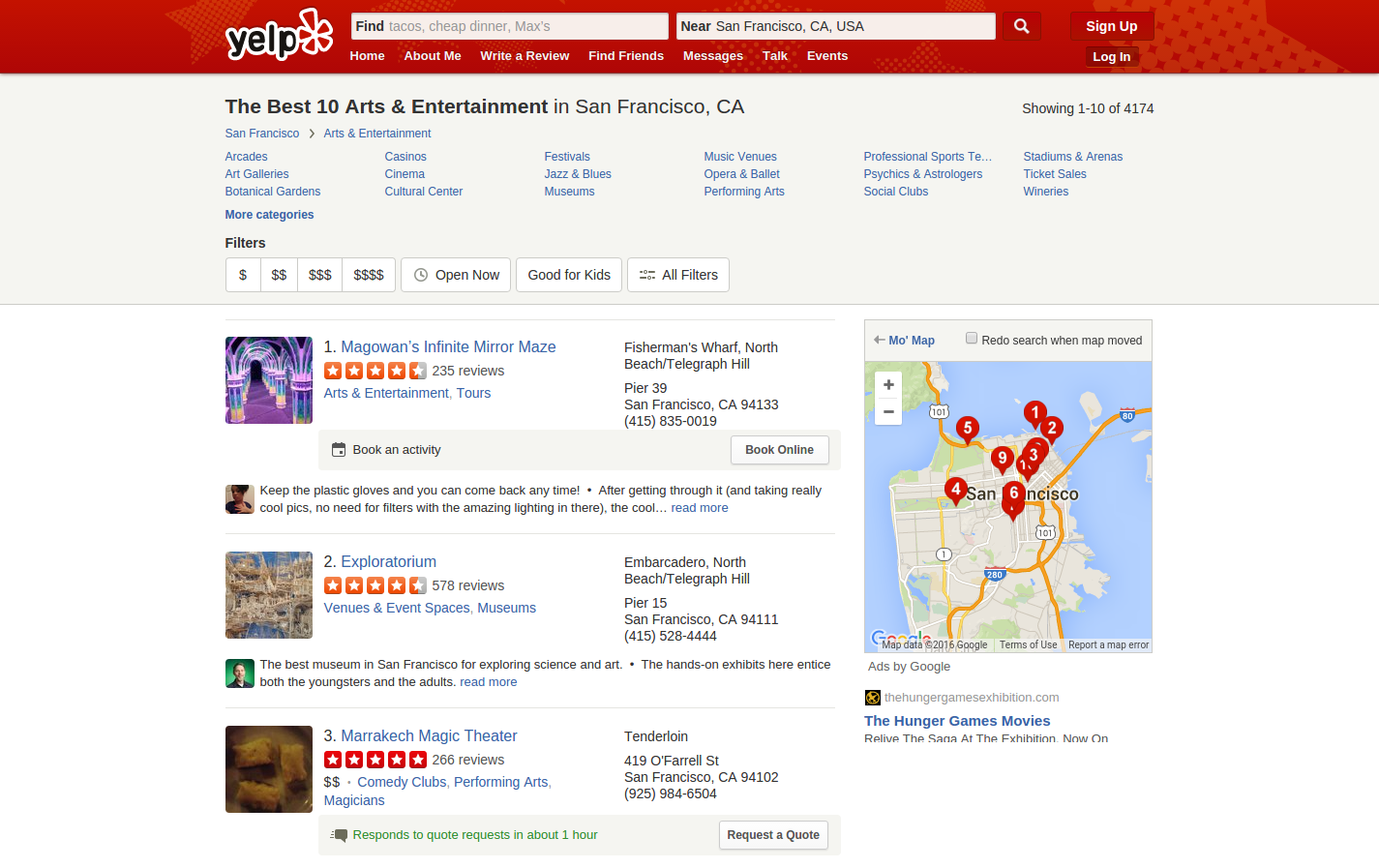
Customer segment pivot: a company sees that it solves the problem of the wrong customers and switches to the segment which will appreciate its offer. That’s what IMVU did: after identifying that tech startup should adjust to new audience, it relaunched the product that met the demands of new customers.
Customer need pivot: it turns out that the problem solved by the product is not important for target audience but data shows that there’s a pain point a startup can address. Pinterest founders wanted to create a replacement for paper shopping catalogs. But it turned out that users are more into creating and sharing visual lists of goods they like than actually buying something. So the startup pivoted and started working as a “catalogue of ideas”.
Platform pivot: transferring from the app to platform and vice versa. When Cofinity startup decided to stop supporting Palm Pilot and focused on the web platform, it made a right decision: the company grew and became PayPal.
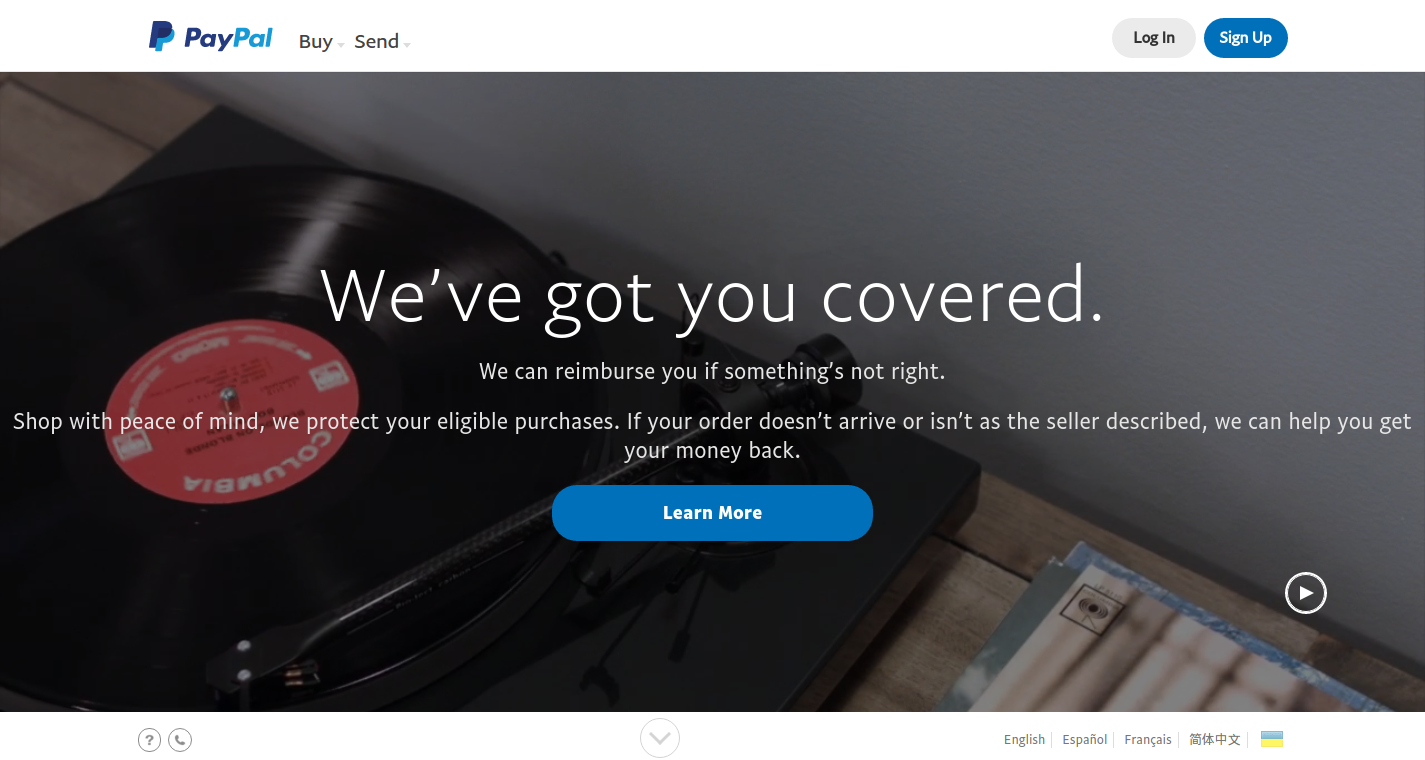
Value capture pivot: change of the way your startup earns money (freemium, subscription, % from transactions, ads). It might turn out that startup project has chosen a monetization model that doesn’t work well with a particular product or interaction with users wasn’t built right and the model should be changed. The last case Steve Blank, author of customer development methodology, describes in his LinkedIn publication.
Business architecture pivot: according to Geoffrey Moore companies choose either complex systems model (unique custom product for a relatively small market) or volume operations model (offering standard product to a big market). On practice it means choosing between B2B and B2C model. Competition between B2C solutions is high. For example, it would be hard for yet another messenger to get attention. But Slack for corporate clients and teams became quite successful.
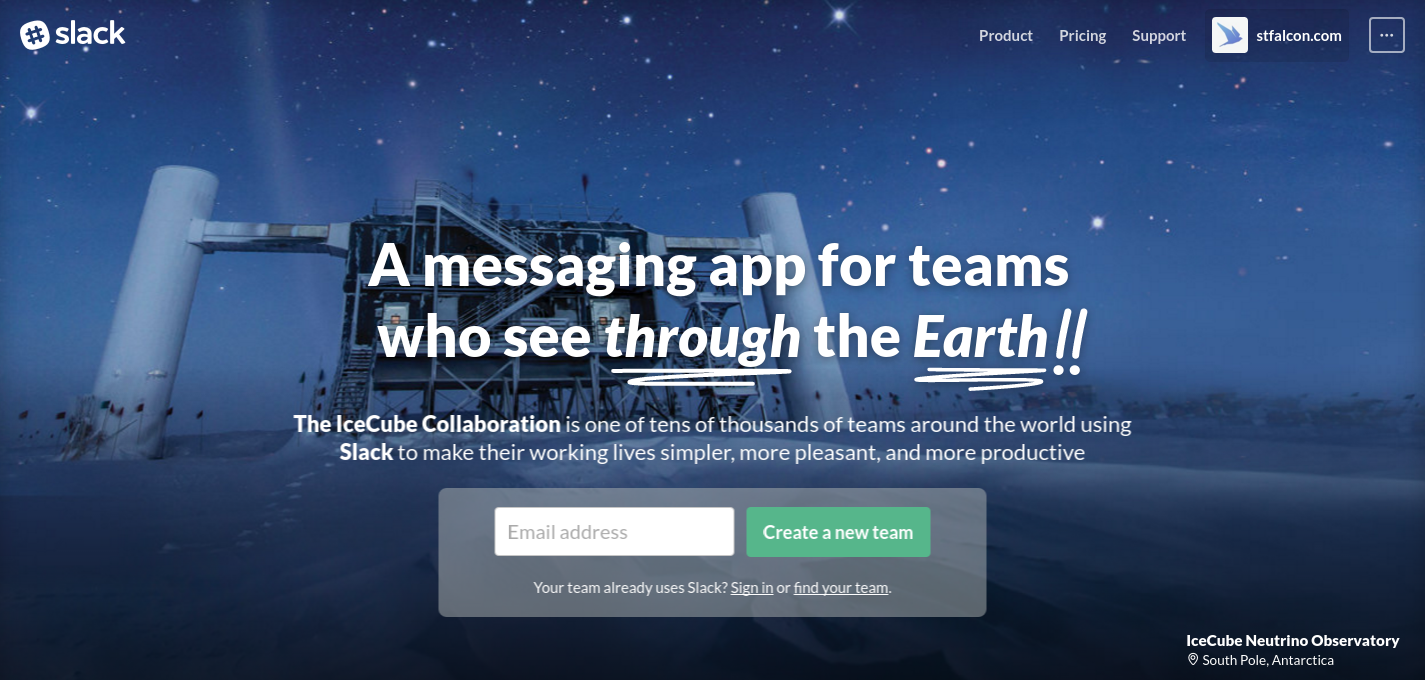
Engine of growth pivot: startup switches to the growth mechanism that is more suitable for its cause. Eric Ries names three engines of growth:
- Sticky — attracting and retaining clients for a long period of time.
- Viral — uses the word of mouth. Users spreading the word are the main marketing force of the project.
- Paid — increasing income per each paid client (for example, those that come via AdWords) or decreasing the price of acquiring them.
Channel pivot: change of the mechanism startup projects use to deliver their product to clients. For example, for games it could be switching from one distribution platform to another or distributing the game over a startup website.
Technology pivot: existing solution is moved to a new technology with user base and main features staying the same. But it can be pricey so that’s what startup companies prefer to do when they go more stable. A great pivot example is Spotify moving to Symfony2.

Startups can go through a series of pivots, each of them faster than the next one, before getting it all right. That’s why you should see pivot as an opportunity to improve your startup project so that it will attract more loyal customers and bring you higher income.
Contact studio stfalcon.com — we create solutions for startups and will be happy to help you.
Navigate the crucial decision of when to pivot your startup with our insightful whitepaper, "Business models and pricing." This valuable resource explores the signs, strategies, and considerations that indicate the opportune moment for your startup.

